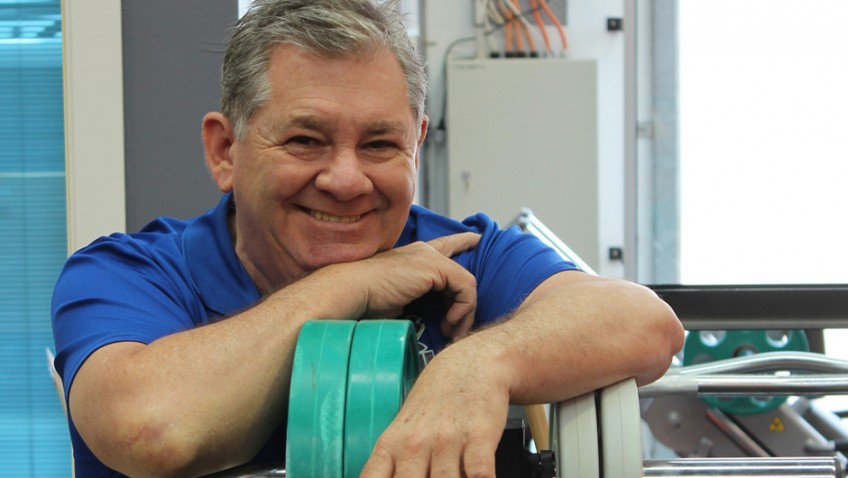As we grow older, it becomes even more important that we stay active. Research undertaken in Norway last year, and published in the British Medical Journal, found that by completing 30 minutes of exercise six days a week, you can increase your life expectancy by up to five years.
There are plenty of great exercises for older adults to do, but unfortunately it seems that far too many people struggle to stay active. Indeed, NHS Choices notes that many over-65s spend an average of ten hours or more sitting or lying down each day.
Facts about exercise and ageing
Exercise and strength training helps you look and feel younger and stay active longer. Regular physical activity lowers your risk for a variety of conditions, including Alzheimer’s and dementia, heart disease, diabetes, certain cancers, high blood pressure, and obesity. Not only can exercise help stem the decline in strength and vitality that comes with age, it may even improve it. And the mood benefits of exercise can be just as great at 70 or 80 as they were at 20 or 30.
Research shows that a sedentary lifestyle is unhealthy for adults over 50. Inactivity often causes them to lose the ability to do things on their own and can lead to more hospitalisations, doctor visits, and use of medicines for illnesses.
Regular exercise, by building strength and stamina, prevents loss of bone mass and improves balance, actually reducing your risk of falling.
You’re never too old to start exercising and improve your health! In fact, adults who take up exercise later in life often show greater physical and mental improvements than their younger counterparts. Just begin with gentle activities and build up from there.
Chair-bound people face special challenges but can lift light weights, stretch, and do chair aerobics, chair yoga, and chair Tai Chi to increase range of motion, improve muscle tone and flexibility, and promote cardiovascular health. Many swimming pools offer access to wheelchair users and there are adaptive exercise programmes for wheelchair sports such as basketball.
How often should I exercise as I get older?
According to NHS Choices, over-65s who are “generally fit and have no health conditions” should aim to be active every day.
It’s recommended that people in their senior years partake in at least 150 minutes of “moderate activity” a week. This could be anything from walking to pushing a lawnmower around the garden. Ideally, this will be split across a number of days.
Alternatively, you might opt to do 75 minutes of “vigorous aerobic activity”, such as running or playing a sport.
On top of this, older people should aim to do some strength exercises at least twice a week, working all of their major muscle groups.
As we’re about to find out, a lot depends on how fit and capable the individual is.
For many older people, the hardest part about adopting a healthy lifestyle is getting started in the first place.
“Most older folk are concerned about balance, and can be worried about moving their bodies in certain ways. Therefore, no matter what age they are, they should concentrate on ‘MOVEMENT’, both static and dynamic, as a start to fitness,” Eddy, a fitness trainer, advised.
Exercise classes for seniors
Group exercise classes like yoga and Pilates are perfect for older people. Not only are they a fun way to get your weekly quota of physical activity under your belt, they’re also a fantastic place to socialise.
Activities particularly beneficial to older adults:
- Walking is a perfect way to start exercising. It requires no special equipment, aside from a pair of comfortable walking shoes, and can be done anywhere.
- Senior sports or fitness classes keep you motivated while also providing a source of fun, stress relief, and a place to meet friends.
- Water aerobics and water sports as working out in water is wonderful because water reduces stress and strain on the body’s joints.
- Yoga combines a series of poses with breathing. Moving through the poses works on strength, flexibility and balance. Yoga can be adapted to any level.
- Pilates is a form of exercise that focuses on balance, posture, strength and flexibility.





